Bulbs That Don't Need Chilling: Is Cold Treatment For Bulbs Necessary


Few things give back as much as flowering bulbs. They are easy to plant and care for and come in a wondrous array of forms and colors. Planting time is important with bulbs because some require the chilling period of winter to force spring bloom. So, the disorganized gardener will have to rely on summer-blooming bulbs if they forgot to plant them in fall. Here is a little primer on the many wonderful bulbs that don't need chilling.
Non-chilling Flower Bulbs
Spring-blooming bulbs naturally go through a period of chilling during winter, which will cause dormancy. The warmer temperatures of spring force the embryonic plant inside to wake up and begin growing. Summer bloomers don't require this cold period and tender varieties may even be killed by exposure to cold temperatures. For this reason, many of the bulbs need to be dug up and held indoors in winter to ensure their viability for the next season. There are many types of plants that flower and flourish in summer, but bulbs provide a unique spectrum of form and color that accents the usual perennials and annuals in the flower bed. Summer bulbs are planted in spring after all danger of frost has passed. Spring bulbs need temperatures of at least 40 degrees Fahrenheit (4 C.) to force them out of dormancy, but this isn't the case with the summer flowering types. Since they are bulbs that don't need chilling, they are the best bet for a gardener that forgot to plant bulbs in the fall.
Which Bulbs Do Not Require Chilling?
Now that we have established that there are two season types of bulbs with different temperature needs, it is time to wonder which bulbs do not require chilling. Some very common non-chilling bulbs are amaryllis and paperwhites. These are commonly grown as houseplants around Christmas and Hanukah but can also be planted outdoors in suitable regions. Crocosmia is fairly hardy and is a summer bloomer that doesn't need a cold period. Agapanthus is a stunning and regal blue flowering bulb, while Hymenocallis abounds with large mid-season white flowers. Additional examples of bulbs that don't need chilling include:
- Gladiolus
- Ismene oriental lilies (Peruvian daffodil)
- Pineapple lily
- Caladium
- Butterfly ginger
- Anemone
- Allium
- Crinum lily
- Fairy wand
- Turks Cap
- Oxalis
Cold Treatment for Bulbs
If you have your heart set on tulips, narcissi, crocus, or other early-season blooming bulbs, you may need to provide a cold treatment for bulbs to sprout. Summer blooming varieties are good for forcing bulbs without chilling, but the spring types need a cold period followed by warmth to break dormancy. The method for forcing bulbs without chilling is simply to start them indoors in pots with a good bulb mixture or equal parts soil, peat, and perlite. Plant the bulb with the pointed end up and the flatter end at the bottom of the hole. Spring-blooming bulbs need little more than a warm location inside and average water. Spring bloomers require the cold treatment, and forcing bulbs without chilling will result in soggy bulbs in a pot. Most spring bulbs will come pre-chilled, but if you have over-wintered them indoors, it is easy to mimic the cold period. Place the bulbs in peat moss and refrigerate them for three months, then bring them out and gradually let the bulbs warm for a couple of days before planting them.
Gardening tips, videos, info and more delivered right to your inbox!
Sign up for the Gardening Know How newsletter today and receive a free copy of our e-book "How to Grow Delicious Tomatoes".

Bonnie Grant is a professional landscaper with a Certification in Urban Gardening. She has been gardening and writing for 15 years. A former professional chef, she has a passion for edible landscaping.
-
 Looking For Plants To Give You The Soft And Fuzzies? Try These 5 Fuzzy Leaf Plant Options
Looking For Plants To Give You The Soft And Fuzzies? Try These 5 Fuzzy Leaf Plant OptionsLovers of texture, drama, silver foliage and tactile plants will adore these special sensory garden additions. These fuzzy leaf plant options will leave you all aglow
By Susan Albert
-
 Get Ready For A Summer Of Hummers! Grow These Full Sun Hummingbird Plants and Flowers
Get Ready For A Summer Of Hummers! Grow These Full Sun Hummingbird Plants and FlowersIf you’re lucky enough to enjoy a sunny backyard, make sure you are maxing out on your pollinator opportunities and grow these full sun hummingbird plants and flowers
By Tonya Barnett
-
 Pretty Spring Bulbs For Pollinators
Pretty Spring Bulbs For PollinatorsWhat are the best flowering bulbs for pollinators in spring? Click here to find out.
By Mary Ellen Ellis
-
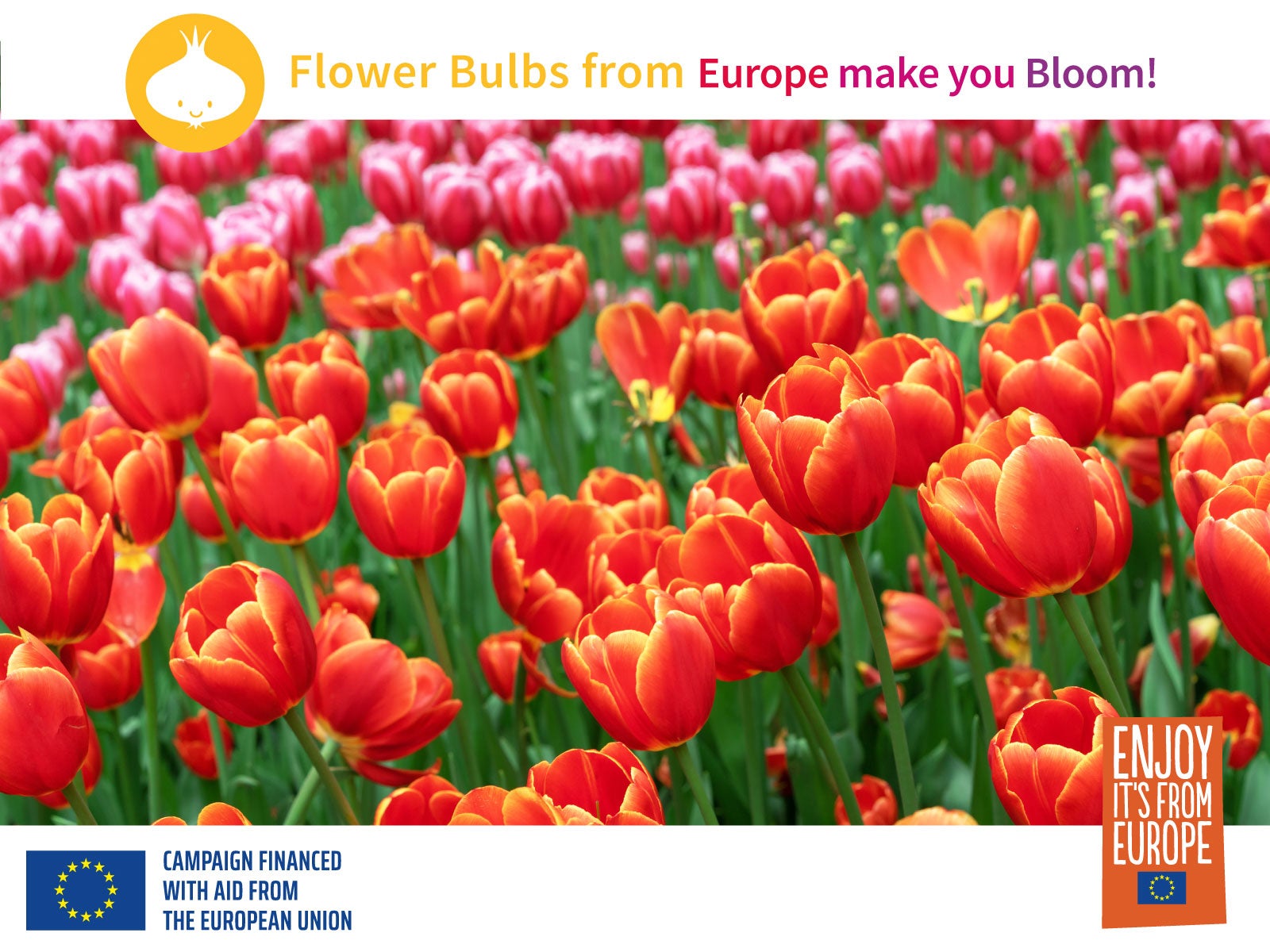 Grow An Early Spring Flowering Bulb Lawn
Grow An Early Spring Flowering Bulb LawnWant a lawn that nourishes pollinators, never needs weeding, and grows more beautiful every year? We have the lawn for you. Click for more.
By Caroline Bloomfield
-
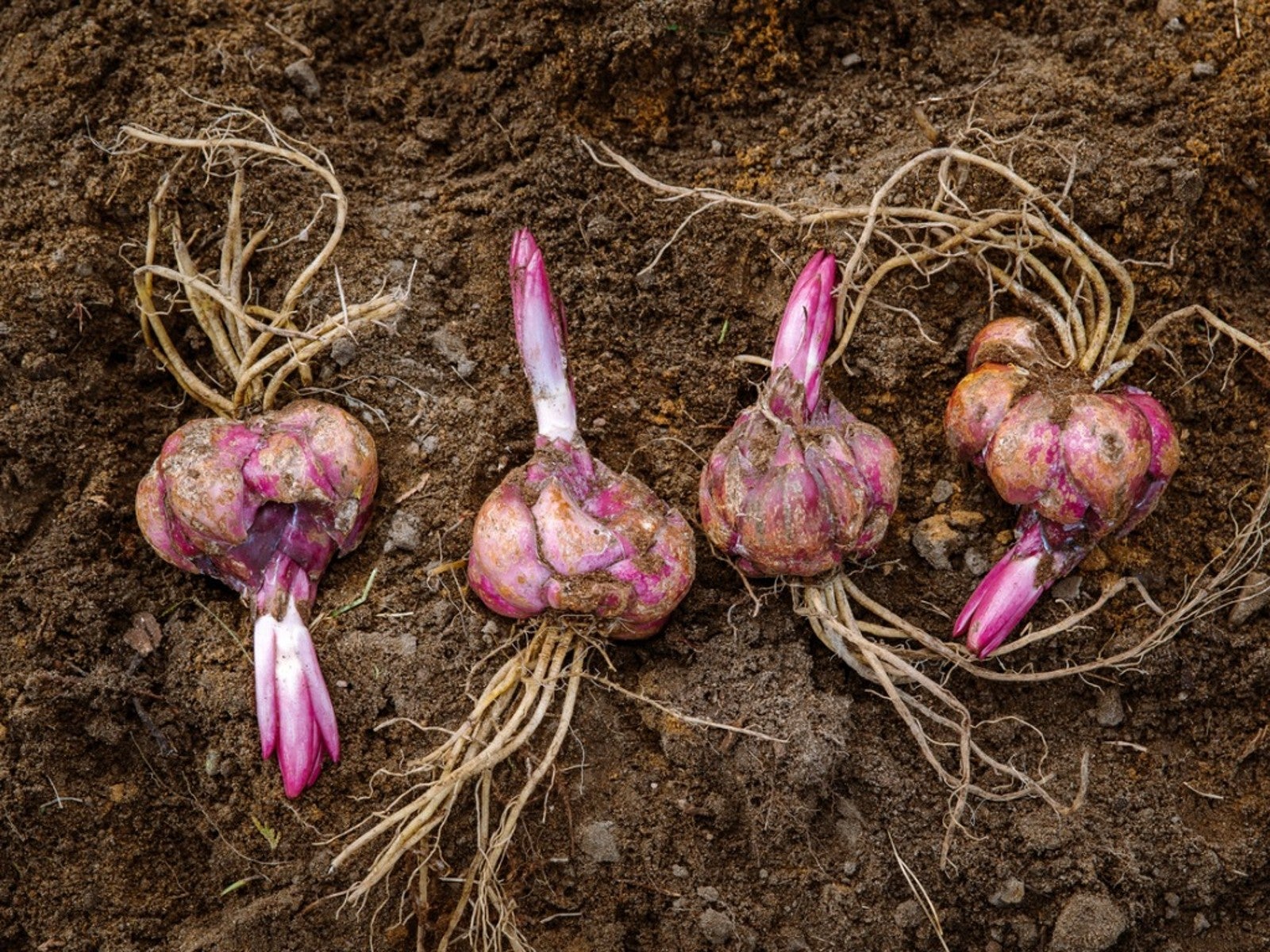 When To Dig Up Bulbs That Bloom In Summer
When To Dig Up Bulbs That Bloom In SummerClick here to learn when to dig up faded summer bulbs of some of the most common ornamentals grown.
By Tonya Barnett
-
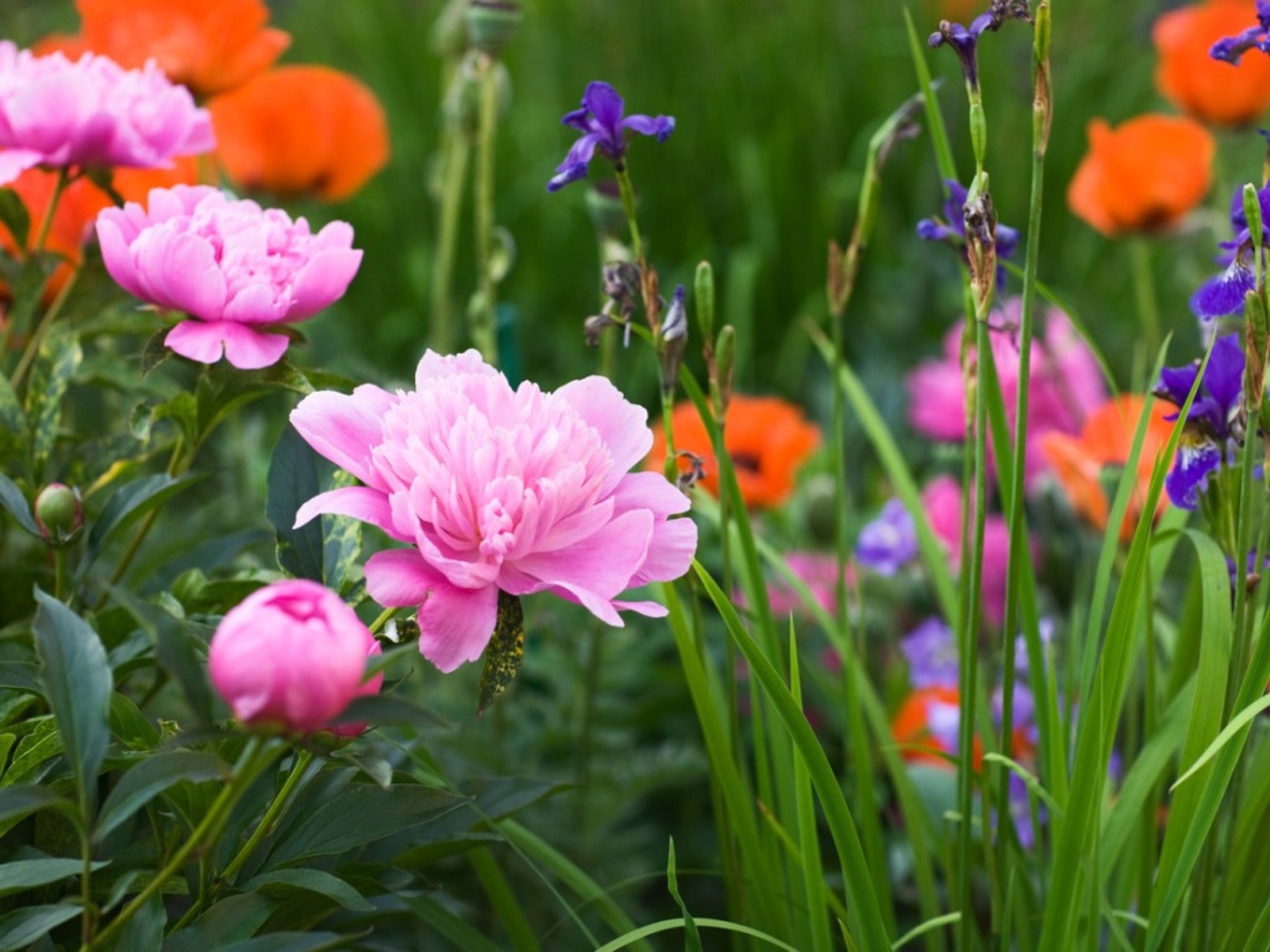 Corms, Tubers, And Bulbs That Are Deer Resistant
Corms, Tubers, And Bulbs That Are Deer ResistantWe love tulips, and so do deer! If you have hungry deer and you hunger for spring blooms, this article should help.
By Amy Grant
-
 Care for Bulbs After Blooming
Care for Bulbs After BloomingIt's tempting to chop down the leaves after you bulbs have bloomed, but you have to resist this urge! Click to learn why.
By Amy Draiss
-
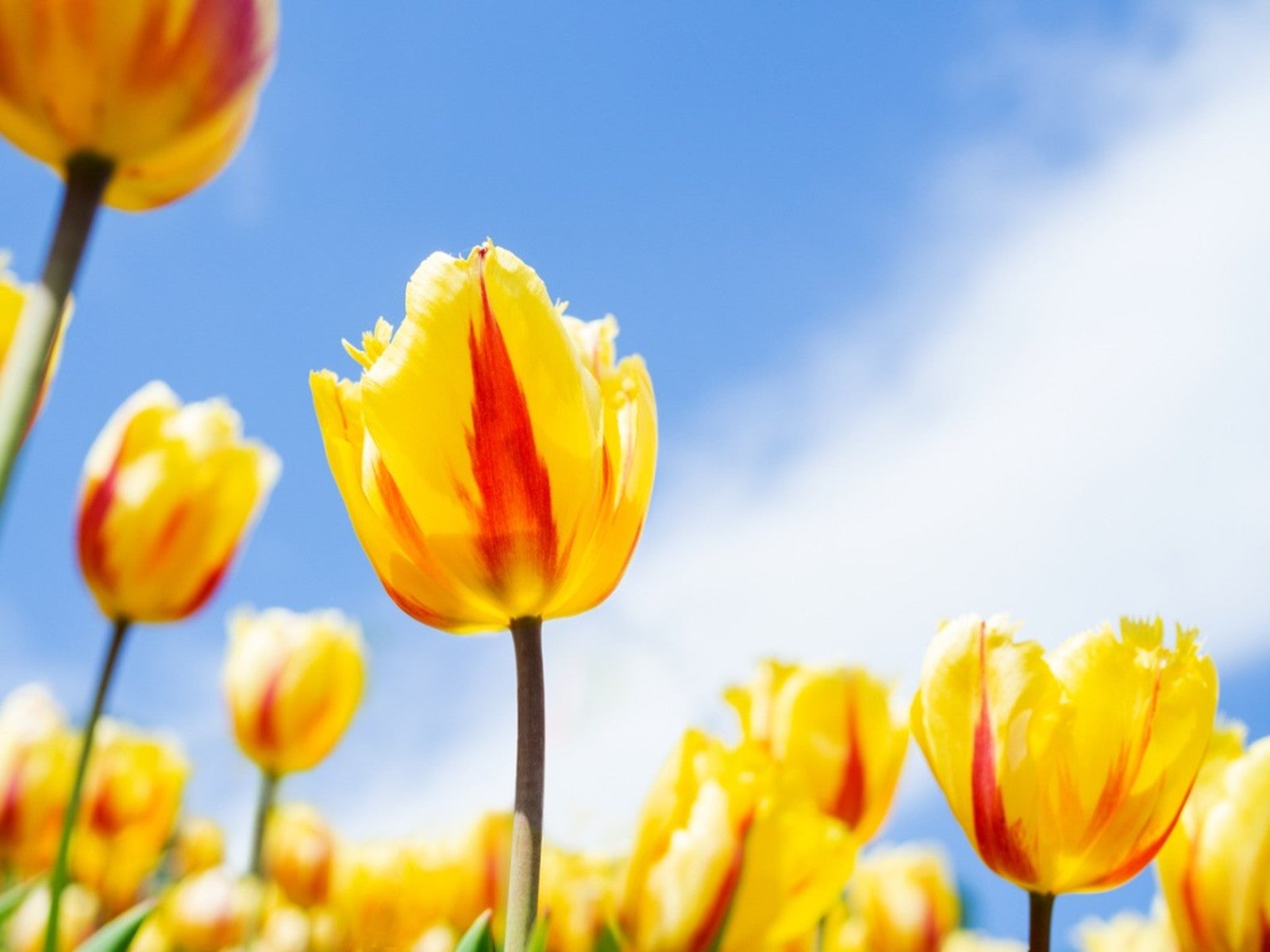 Best Spring Bulbs for Sun and Shade: Bulbs That Grow in Shade and Full Sun
Best Spring Bulbs for Sun and Shade: Bulbs That Grow in Shade and Full SunBulbs are beautiful harbingers of spring. Most flower bulbs thrive in full sun, but what if you have a shaded landscape? Read on for more.
By Amy Grant
-
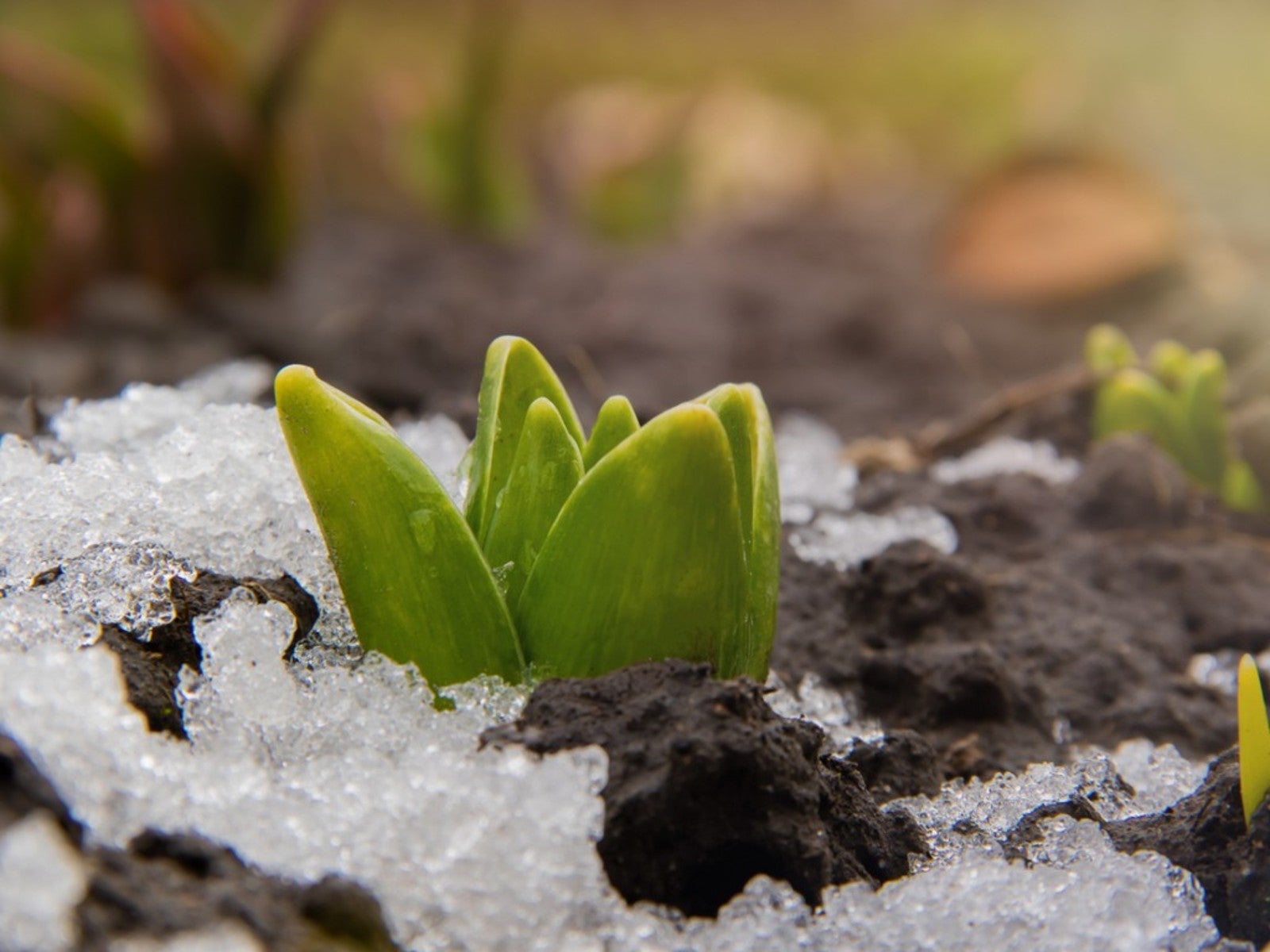 Bulb Life Cycle In Winter: What Bulbs Do For Months Under The Snow
Bulb Life Cycle In Winter: What Bulbs Do For Months Under The SnowDormancy in winter doesn't mean nothing is happening with bulbs. It just means you don't see any growth above the ground. Read on for more.
By Bonnie L. Grant
-
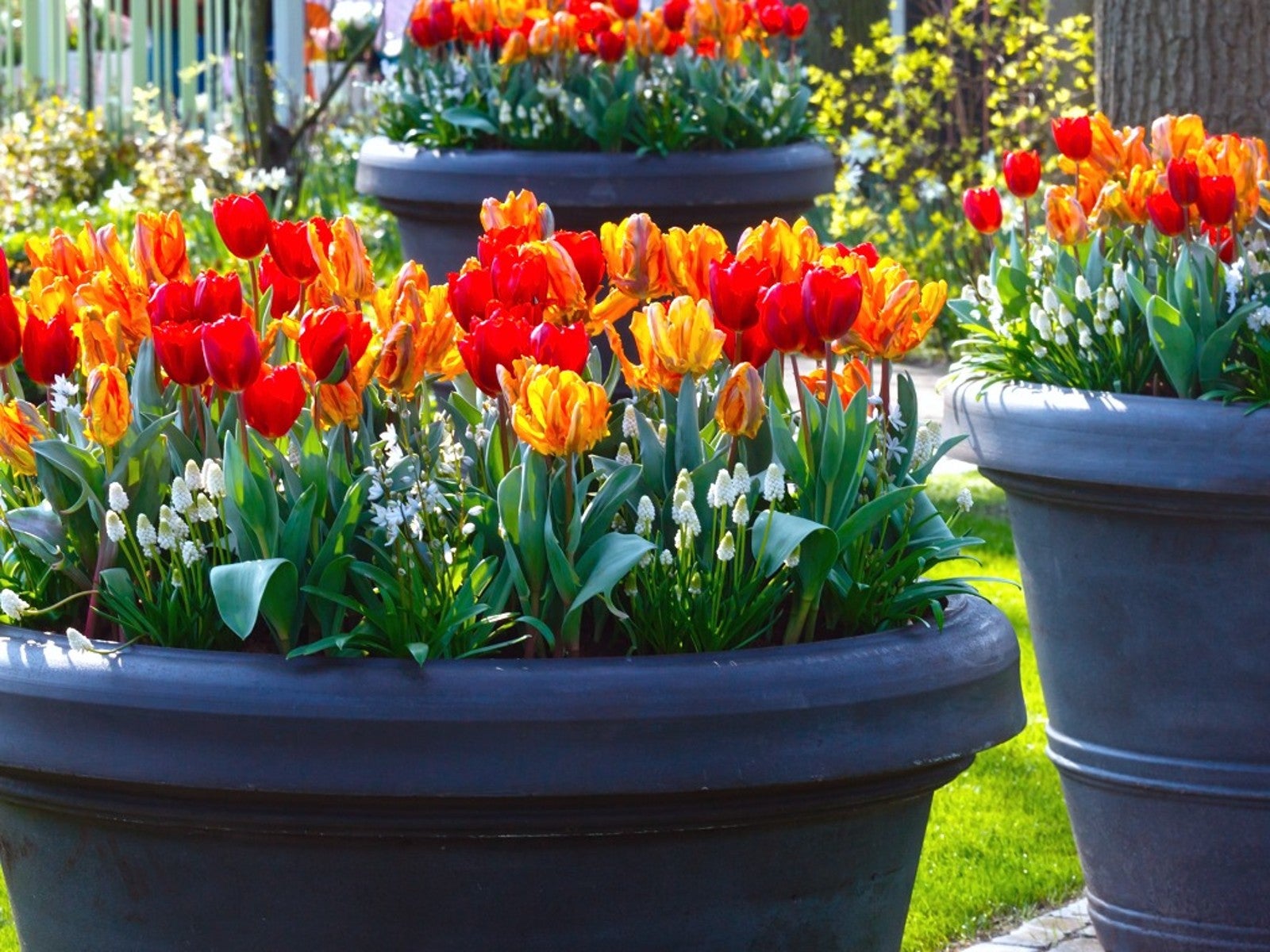 How To Plant Bulbs In Pots - Lasagna Style
How To Plant Bulbs In Pots - Lasagna StylePlanting bulbs in containers is an easy way to create a gorgeous spring porch arrangement, especially when you use the lasagna method.
By Laura Walters